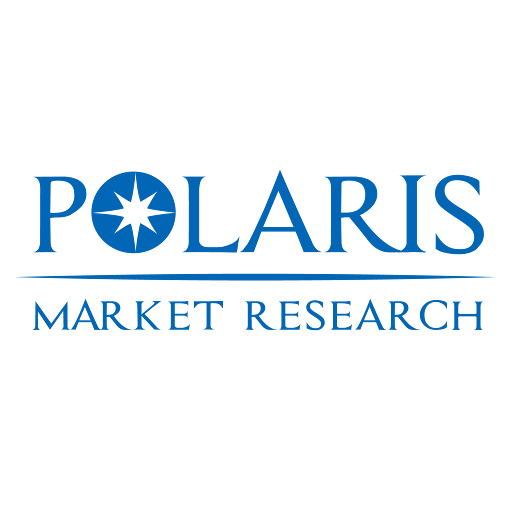Urbanization and Energy-Efficient Construction Fueling U.S. Fiber Cement Demand

The U.S. fiber cement market, valued at USD 2.36 billion in 2024, is projected to grow at a compound annual growth rate (CAGR) of 3.92% from 2025 to 2034, driven by increasing demand for durable, fire-resistant, and low-maintenance building materials in residential and commercial construction. Fiber cement—a composite material composed of cellulose fibers, Portland cement, sand, and water—is widely used in siding, cladding, soffits, and interior panels due to its superior weather resistance, dimensional stability, and aesthetic versatility. This growth is shaped by pronounced regional disparities in construction activity, regulatory frameworks, and environmental priorities. North America, led by the United States, dominates the global fiber cement landscape, accounting for over 30% of total market value. The U.S. leadership is anchored in a robust housing market, stringent building codes in high-risk fire zones such as California, and strong consumer preference for long-lasting exterior finishes. The International Building Code (IBC) and International Residential Code (IRC) mandate the use of ignition-resistant or non-combustible materials in wildfire-prone regions, creating a structural tailwind for fiber cement adoption, particularly in single-family homes and multifamily developments.
In contrast, Europe’s fiber cement market is characterized by rigorous environmental regulations, a strong emphasis on energy efficiency, and growing demand for sustainable construction materials. Countries such as Germany, France, and the Nordic nations enforce strict limits on embodied carbon, VOC emissions, and lifecycle impacts under the EU Green Deal and Energy Performance of Buildings Directive (EPBD). Regional manufacturing trends indicate a shift toward low-carbon cement formulations, recycled cellulose fibers, and modular panel systems that reduce on-site waste and labor costs. However, the fragmented nature of building standards across EU member states—particularly in Eastern Europe—creates variability in product approval and market access. Cross-border supply chains for raw materials such as Portland cement, silica sand, and wood pulp are well-integrated within the EU single market, though Brexit has introduced customs delays and re-certification requirements for UK-based distributors. Additionally, the European Commission’s Circular Economy Action Plan is influencing demand for recyclable, repairable, and long-life building products, reinforcing the appeal of fiber cement over short-lived alternatives.
Read More @ https://www.polarismarketresearch.com/industry-analysis/us-fiber-cement-market
Asia Pacific is the fastest-growing region, fueled by rapid urbanization, rising middle-class populations, and government-led infrastructure modernization in China, India, and Southeast Asia. China’s “Dual Circulation” strategy and India’s Smart Cities Mission are accelerating investment in modern residential and commercial infrastructure, creating demand for weather-resistant, low-maintenance cladding solutions. Regional manufacturing trends show a growing preference for cost-optimized, mid-tier fiber cement boards tailored to price-sensitive consumers, alongside high-end systems for luxury developments and export markets. Chinese firms such as Etex Building Performance and Kingboard Holdings are expanding production capacity to meet domestic and international demand, while Indian manufacturers are increasingly adopting Western standards for quality and fire resistance. Market penetration strategies by global players often involve partnerships with local developers, e-commerce platforms, and green building councils to build brand trust and ensure regulatory alignment.
Geopolitical and trade-specific factors, including U.S.-China trade tensions and export controls on dual-use construction materials, are influencing sourcing decisions and favoring regionalization of production. Additionally, concerns over deforestation and the sustainability of wood pulp sourcing are prompting manufacturers to adopt certified, responsibly harvested fibers and invest in alternative reinforcement materials such as glass and synthetic fibers. As the global demand for resilient, sustainable, and aesthetically versatile building materials intensifies, the ability to deliver compliant, high-performance fiber cement solutions across diverse regulatory and infrastructural environments will be a key determinant of competitive success.
Competitive Landscape:
- James Hardie Industries plc
- Pan Pacific Industries Ltd.
- Fiber Cement Products Ltd.
- EQUITONE (a product line of Eternit Group)
- Cembrit Holding A/S
- NICHIAS Corporation
- Kingboard Holdings Limited
- Georgia-Pacific LLC
More Trending Latest Reports By Polaris Market Research:
Bone Grafts And Substitutes Market
Heavy Construction Equipment Market
Metadata Management Tools Market
Human Machine Interface (Hmi) Market
Clean Label Mold Inhibitors Market
- AI
- Vitamins
- Health
- Admin/office jobs
- News
- Art
- Causes
- Crafts
- Dance
- Drinks
- Film
- Fitness
- Food
- Jogos
- Gardening
- Health
- Início
- Literature
- Music
- Networking
- Outro
- Party
- Religion
- Shopping
- Sports
- Theater
- Wellness


